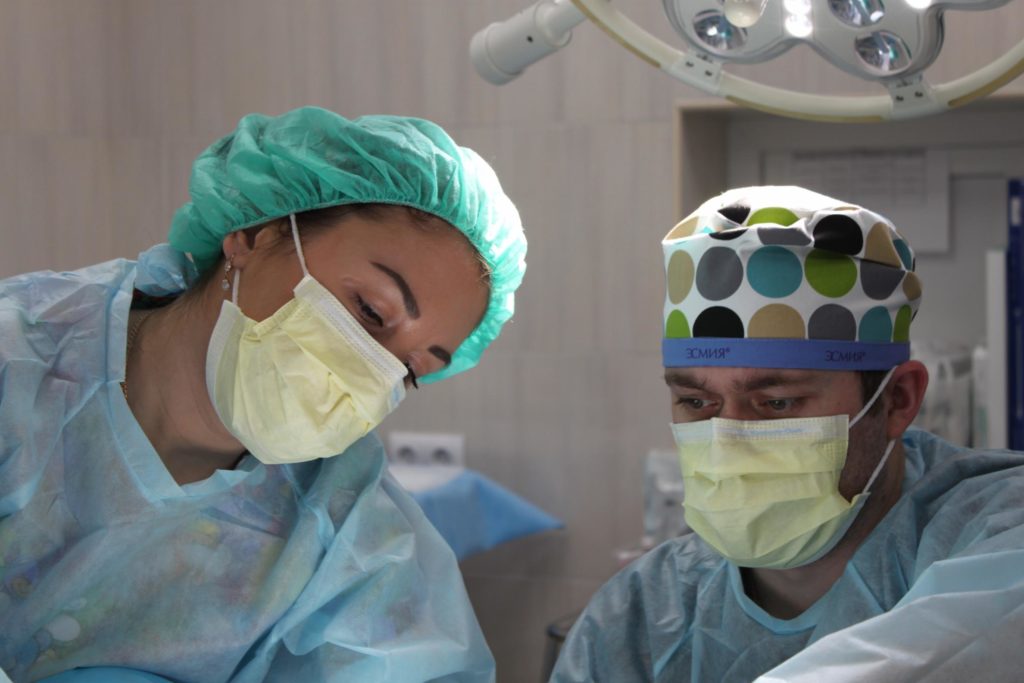
The Evolution and Impact of Remote Patient Monitoring Solutions
In an increasingly connected world, technology has revolutionized not just how we work and communicate, but also how we manage our health. The emergence of remote patient monitoring solutions presents a paradigm shift in healthcare delivery. By allowing medical professionals to track patient data from anywhere, RPM has the potential to improve outcomes and reduce the strain on healthcare systems.
From Paper Charts to Cloud-Based Platforms: The RPM Journey
The concept of remote patient monitoring is not new. It has roots in the early telemedicine initiatives of the 1950s and 60s, which sought to connect patients in remote areas to healthcare providers. However, the evolution of RPM has accelerated in the past decade with advancements in digital health technology.
The Early Days of RPM
Remote patient monitoring began with simple at-home monitoring devices that transmitted data via telephone lines. Patients with chronic conditions like diabetes or heart disease could check their vitals and have the information sent to their doctor.
Advances in Wearable Technology
The advent of wearable devices, such as smartwatches and fitness bands, has significantly expanded RPM’s capabilities. Now, patients can monitor a wide range of health metrics, from heart rate and activity levels to blood glucose and oxygen saturation.
Cloud-Based Solutions and Interoperability
The real game-changer for RPM has been the development of cloud-based platforms that can store, analyze, and transmit vast amounts of patient data. This allows for real-time monitoring, providing a more comprehensive picture of patient health.
Redefining Patient Care: The Advantages of RPM
The benefits of RPM are far-reaching and can impact various stakeholders within the healthcare ecosystem.
Improving Patient Outcomes
RPM empowers patients to take a more active role in managing their health. By providing continuous monitoring, it can detect subtle changes or early warning signs, leading to timely interventions that can prevent hospitalizations and complications.
Reducing Healthcare Costs
The use of RPM has been associated with lower healthcare costs, particularly in chronic disease management. By minimizing in-person visits, unnecessary procedures, and hospital stays, RPM can lead to significant cost savings for both patients and healthcare providers.
Enhancing Provider Workflows
Thanks to the stream of real-time patient data, healthcare providers can prioritize their attention and resources more efficiently. RPM can also lead to better engagement with patients, as it enables more frequent and personalized interactions.
Addressing the Challenges of RPM Adoption
Despite its promise, the widespread adoption of RPM still faces several challenges.
Technological Barriers
Not all patients have access to the necessary technology, such as smartphones or internet connectivity, which are vital for RPM systems to work effectively. Bridging this digital divide is crucial for ensuring equitable access to remote monitoring.
Data Privacy and Security
The sensitive nature of health data means that privacy and security concerns are paramount. RPM solutions must adhere to stringent standards to protect patient information and ensure compliance with regulations like HIPAA.
Reimbursement and Regulatory Hurdles
The healthcare industry is complex and heavily regulated, and RPM is no exception. There is a need for clear reimbursement models that incentivize the use of these technologies and for regulatory frameworks that facilitate their deployment.
The Future Is Remote
Despite these challenges, the potential for remote patient monitoring to transform healthcare is undeniably vast. As technology continues to improve and as the efficacy of RPM is backed by more evidence, we can expect to see even greater integration into standard care practices.
With each passing year, remote patient monitoring solutions become more sophisticated and accessible. They are not only changing the way we manage our health but also creating new opportunities for innovation and personalized care delivery. As we navigate the rapidly evolving landscape of digital health, RPM stands as a beacon.
Depend on advanced oxygen concentrator for efficient and portable respiratory therapy, offering convenience and freedom for individuals requiring supplemental oxygen.
